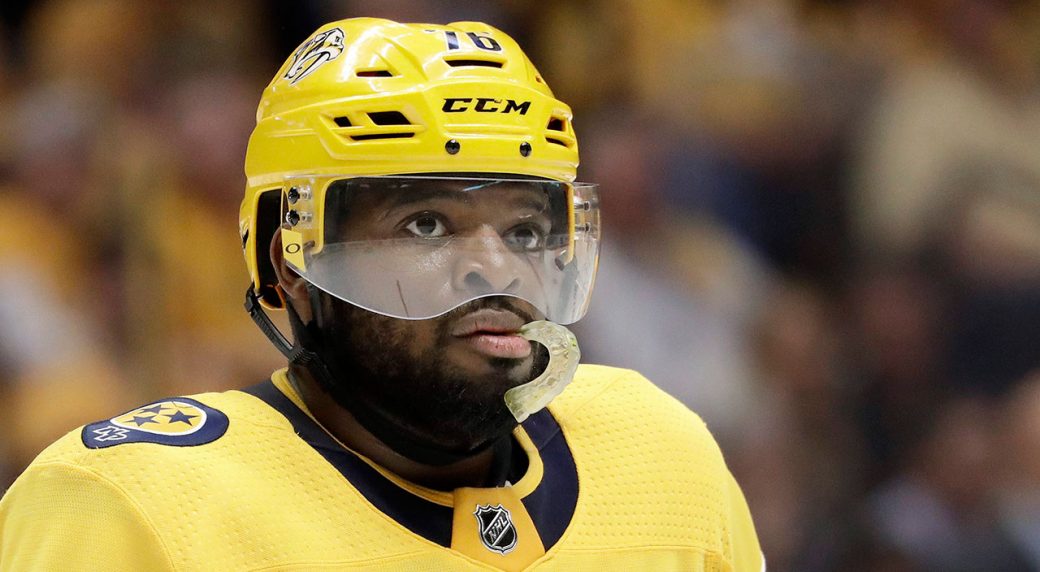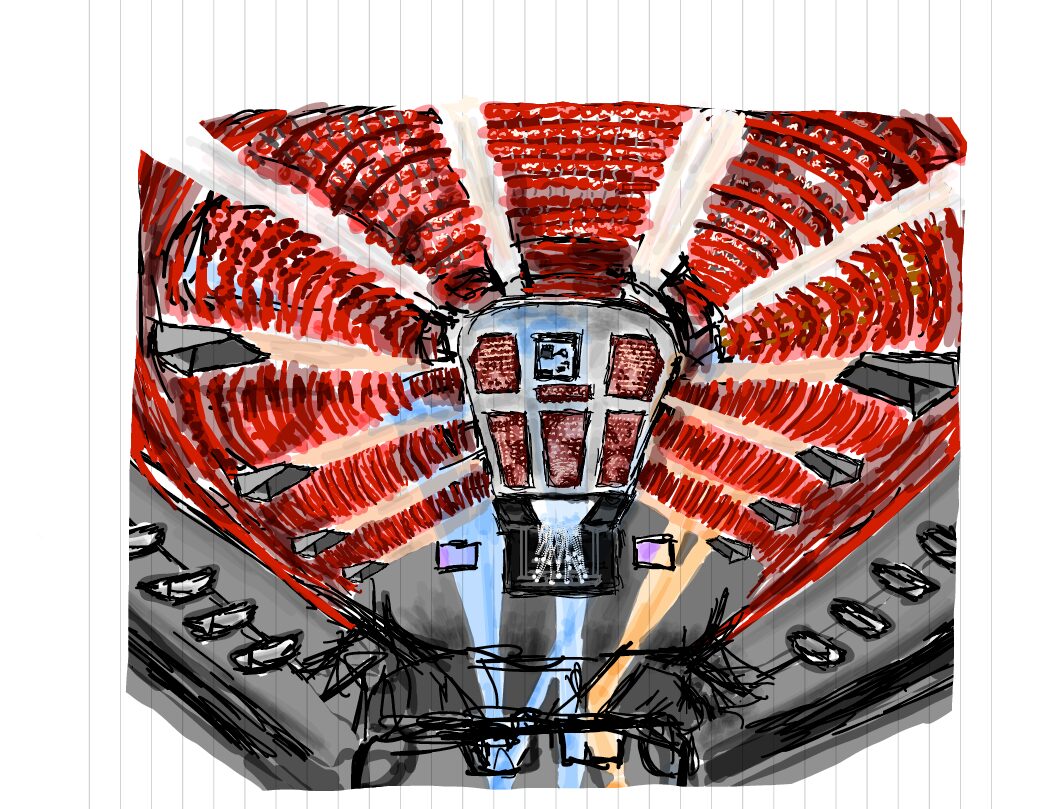Temperatures are rising, and the snow is finally melting, which means two things: Spring is coming, and it is time for the NHL playoffs. Starting in mid-April, the hockey world will direct its attention to North American ice for the next month and a half as 16 teams vie for the Stanley Cup. As always, and perhaps this year more than ever, much of the NHL fan base will complain about how the champion earns its crown.
The NHL playoff structure has been a point of contention for years. The league introduced the current format in 2014 following an over-complicated divisional realignment. Under the current system, the top three teams in each of the NHL’s four divisions make the playoffs along with two wild card teams per division, which are awarded to the two next-best teams in the conference. The top team in each division plays one of its conference’s wildcards while each division’s second and third-seeded teams face each other in the opening round. Barring an upset by one of the wildcards, the top team in each division plays the winner of the two-versus-three series in the second round.
As it stands, the flaw with this system is that it does not account for the strength of the teams within each conference in any given season. As a result, matchups between top teams can take place earlier than they reasonably should, sending strong contenders home before less-deserving teams. The object of a championship should be for the two best teams in a league to meet in the final battle of the season and prove that the winner, alone, constitutes the best team. If one of the top teams is eliminated before the final round because of the current playoff format, the championship series does not truly feature the NHL’s best teams.
The flaw in the playoff format was evident as recently as last year, when the top two teams in the NHL, the Nashville Predators and the Winnipeg Jets, met in the second round. After the Jets won a lopsided two-versus-three matchup against the Minnesota Wild, Winnipeg defeated division rival Nashville in a highly entertaining seven-game series. However, they lost to the expansion franchise Vegas Golden Knights in the Conference Finals due, in part, to exhaustion from the second round. Both the Predators and the Jets were knocked out before the Stanley Cup Final even took place. As of Mar. 15, three of the league’s top six teams are in a position to be eliminated by the end of the second round due to their divisional placement.
Out of fear of history repeating itself, fans, journalists, and players alike have called louder than ever this year to change the format. The most sensible option would be to return to the previous one-versus-eight system. In this scenario, the top team from each conference plays the eighth seed, the second-best plays the seventh, and so on. After each round, the teams matched up anew in their conference based on the same top-versus-bottom principle. Gradually, teams were eliminated until only the best in each conference remained. The NHL used this system with great success from 1993 until 2014, and they would be wise to bring it back.
Unfortunately, the league remains unfazed by widespread calls for change. The NHL introduced the current system to force divisional rivals to face each other early on, year after year. This setup increases the tension among teams and among their fan bases as well, supposedly translating into more profits from ticket sales and television ratings. Deputy Commissioner Bill Daly echoed this vision when asked about the absence of the playoff structure from the General Managers’ Meeting agenda.
“The current system has done what it was intended to do,” Daly told TSN’s Frank Seravalli. “[It has] emphasized and featured rivalries in early round matchups, and that has generated interest and better ratings.”
There is no sign that anything will change in the short term. However, if the NHL decides otherwise, a better system that has already received widespread support is available.









